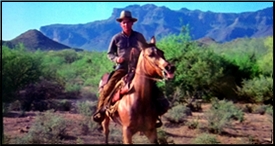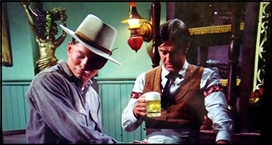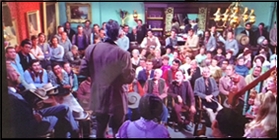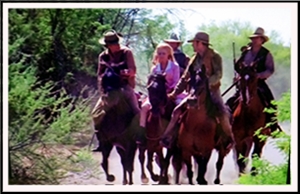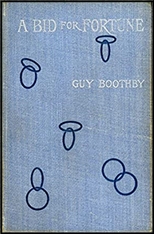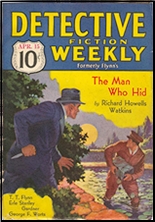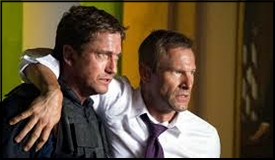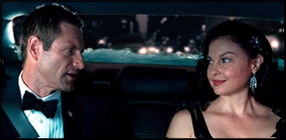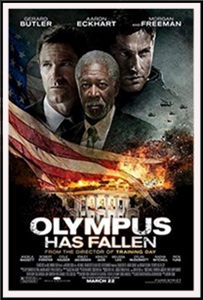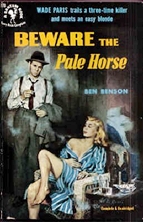Thu 24 Dec 2020
A Movie Review by Jonathan Lewis: CHAIN REACTION (1996).
Posted by Steve under Action Adventure movies , Reviews[3] Comments
CHAIN REACTION. 20th Century Fox, 1996. Keanu Reeves, Morgan Freeman, Rachel Weisz, Fred Ward, Kevin Dunn, Brian Cox, Joanna Cassidy. Director: Andrew Davis.
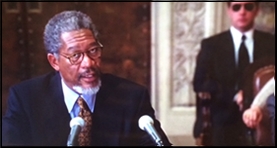
It may not be overly memorable, but Chain Reaction is a solidly crafted 1990s thriller that benefits immensely from both a strong cast and a screenplay that never condescends to the audience. Directed by Adam Davis, who is perhaps best known for directing The Fugitive (1993) starring Harrison Ford and Tommy Lee Jones, this suspense film also involves an innocent man on the run from law enforcement.
Eddie Kasalivich (Keanu Reeves) is a scientist working on a university science project that would convert water into energy. The director of the project believes that the technology should be freely available to all countries and all peoples. In opposition to this idealism stands Paul Shannon (Morgan Freeman), a shady Washington figure who represents the interests of the defense lobby.

When an explosion destroys the laboratory, both Eddie and his physicist partner Lily Sinclair (Rachel Weisz) are fingered as domestic terrorists. Enter FBI agent Leon Ford (Fred Ward) who begins to suspect that there is something amiss about the whole affair. As it turns out (spoiler alert), Eddie and Lily are not terrorists after all, but rather pawns in an elaborate government conspiracy headed by intelligence operative Lyman Earl Collier (Brian Cox).
Aside from the somewhat ridiculous nature of the premise, the film overall works. It sets out what it intends to do; namely, to be a diversionary piece of entertainment. While I am not exactly convinced Reeves was the best choice for the lead role, I can say with conviction that Morgan Freeman, Brian Cox, and Fred Ward were nearly perfect choices for their respective roles. Given the fact that there are no particularly memorable lines or sequences, there’s no particular reason to watch this movie twice. But once? Certainly. You could do a lot worse.
